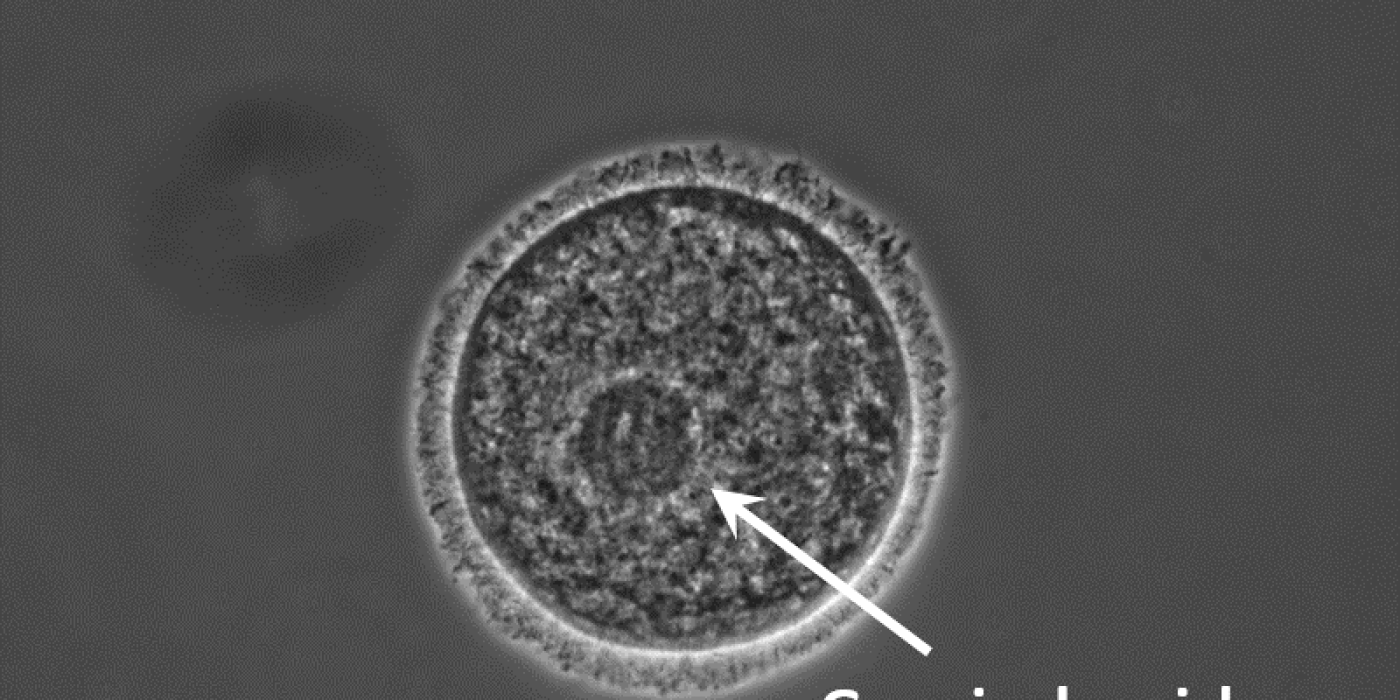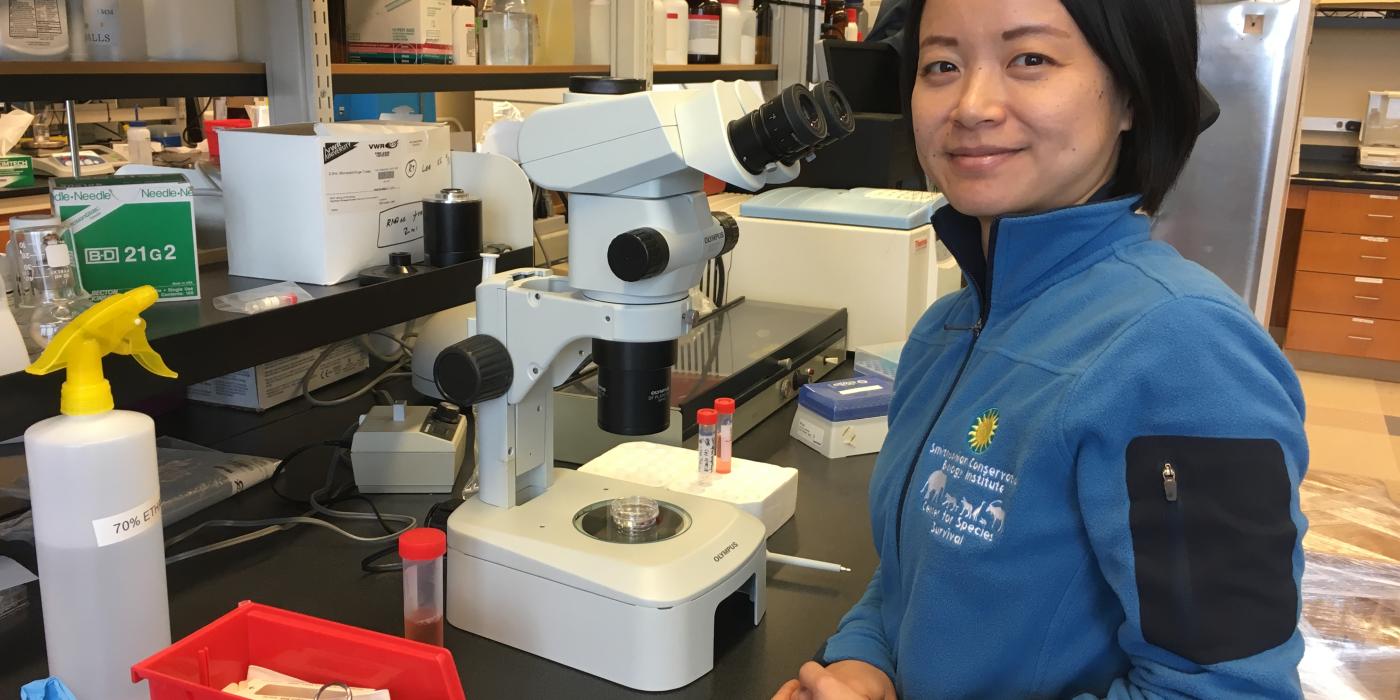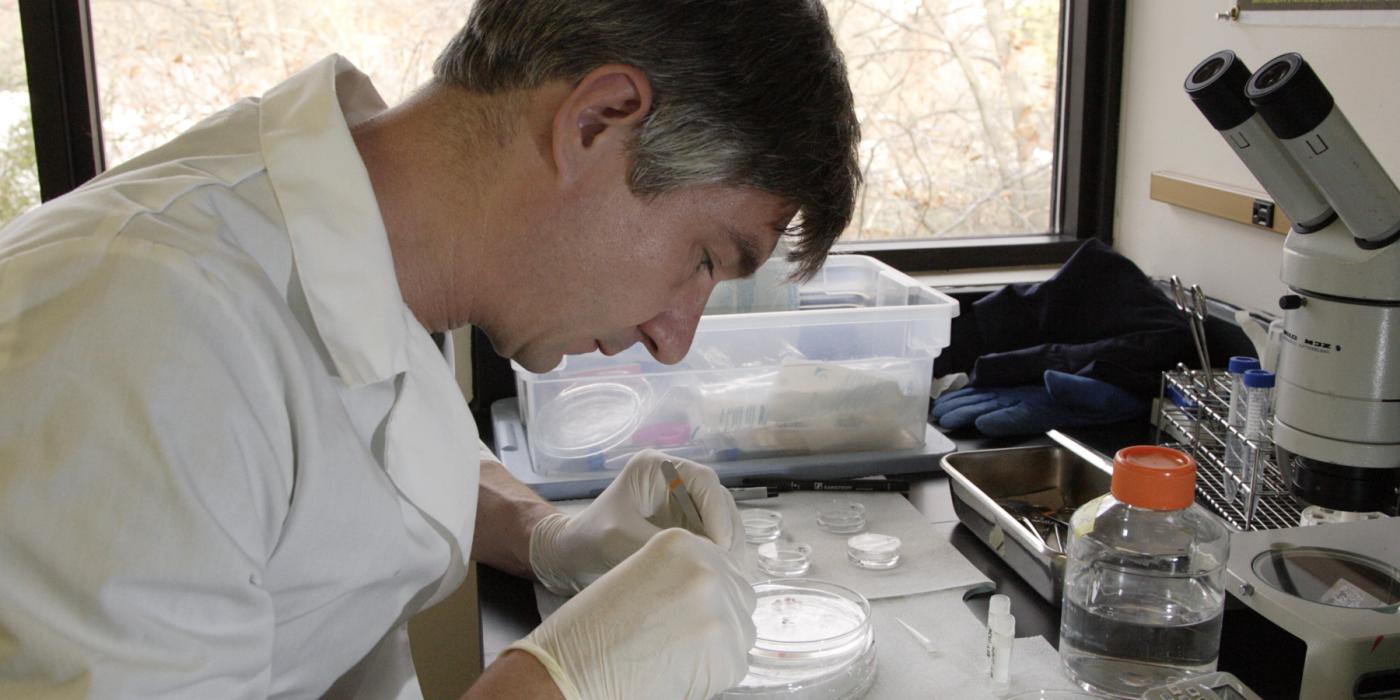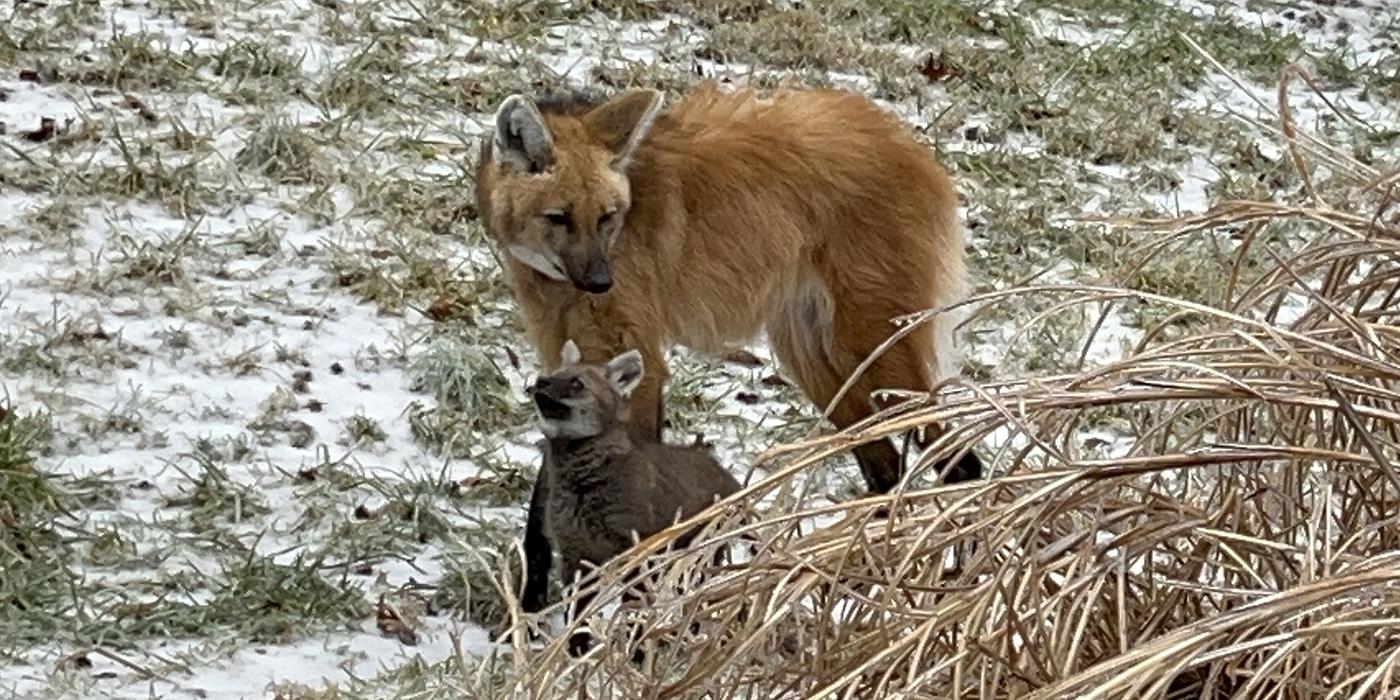Proteins Provide Clues to Likelihood of Fertilization in Endangered Felines
For many endangered species, the difference between a bright future and extinction comes down to the birds and the bees—and what conservationists know about that process. Smithsonian Conservation Biology Institute researchers have taken a crucial step toward understanding which proteins in the nucleus of eggs are necessary for successful reproduction. This finding could help bolster the success of assisted reproduction for some of the most imperiled species.
“In conservation we often deal with species whose biology we don’t know much about, making it challenging to breed them to ensure their survival,” said Pei-Chih Lee, SCBI research specialist and lead author on the study published in Molecular Human Reproduction. “We weren’t sure we’d find even a few candidates that would have such a huge impact on whether eggs could be successfully fertilized and sustain embryo development. We are thrilled we did.”
The paper’s authors looked at the proteins in the nucleus of eggs of domestic cats—a research model for both felines and humans. They hope to eventually use the findings to determine which eggs are more likely to work in in vitro fertilization, which eggs can withstand freezing for overall population management, and even how to improve the quality of an egg.
“While we still must look at additional factors playing a role in this complex process, our results could have tremendous implications,” said co-author Pierre Comizzoli, SCBI reproductive physiologist. “We may be able to apply these findings to other endangered species, and even to help identify egg quality in women going through in vitro fertilization cycles.”
This story was featured in the January 2018 issue of Smithsonian Conservation Biology Institute News.






